
Hot-Rolled Coil Market Weakens in Europe and China
The hot-rolled coil (HRC) market faced significant regional divergence in June 2025. In Europe, prices dropped by over 10% in some regions due to sluggish demand and aggressive import competition. Domestic producers slashed prices to maintain sales volumes, with Italian mills showing the most flexibility. Offers from Turkey, Asia, and North Africa placed downward pressure on local prices, with imports priced as low as €460 per ton.
Meanwhile, China saw HRC prices decline by 1.6% to $475.5/t FOB amid weak industrial activity and excess stock. Exporters faced rising competition, not only from oversupply but also from flexible payment terms offered by newer traders. Steelmakers such as Baosteel maintained domestic pricing despite mounting pressure, reflecting caution in the face of unstable market conditions.
However, late June brought slight signs of stabilization. Buyers in Europe and China perceived price floors had been reached, and anticipation around Europe’s upcoming Carbon Border Adjustment Mechanism (CBAM) further supported expectations of a second-half recovery.
US HRC Prices Rise on Tariff Policy, Despite Weak Demand
In stark contrast, US hot-rolled coil prices rose in June, climbing 1.1% to $986.6/t ex-works. This increase followed the Trump administration’s announcement of 50% tariffs on steel under Section 232. Despite soft demand, producers like Nucor and Cleveland-Cliffs responded by raising base prices multiple times, tightening the discount window.
Still, market participants in the US remained cautious. While short lead times and high utilization prevented supply issues, meaningful price growth will likely require demand recovery—expected post-Independence Day. For now, most buyers continue to tread carefully, awaiting clearer signals from downstream sectors.
SuperMetalPrice Commentary:
The June divergence in hot-rolled coil prices reflects the growing impact of regional policies and supply chain dynamics. US tariff moves have bolstered domestic pricing, but without strong end-user demand, gains may be short-lived. In contrast, oversupply and trade competition continue to suppress prices in China and Europe. All eyes are now on macroeconomic data and the CBAM rollout to determine H2 directionality.



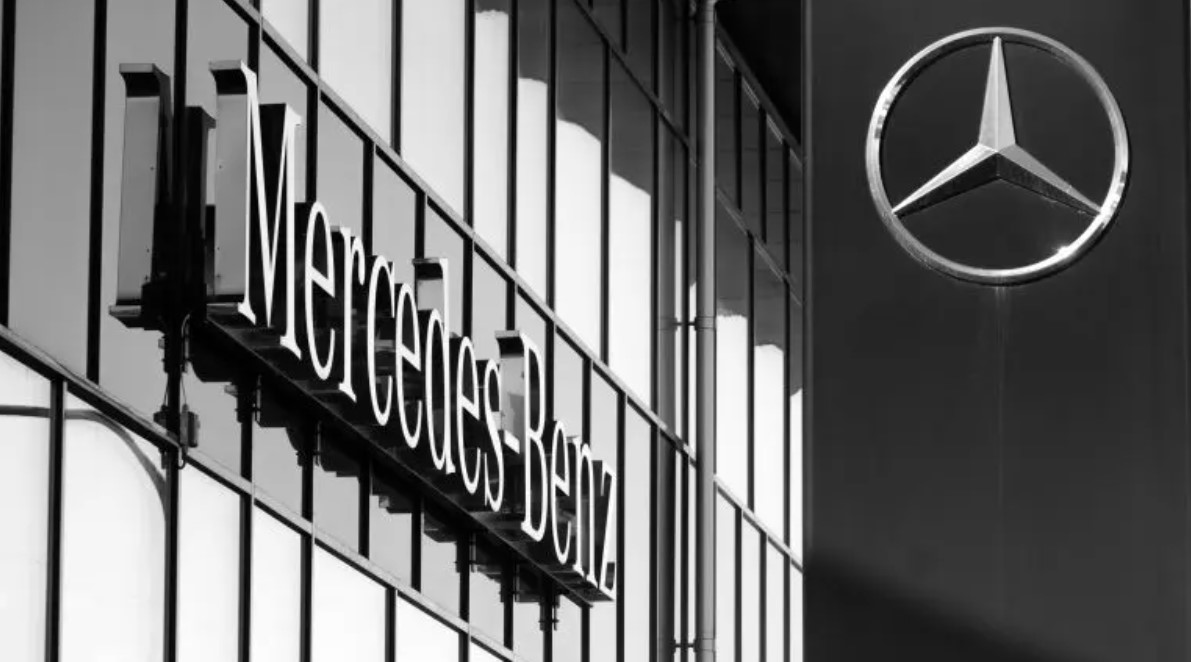
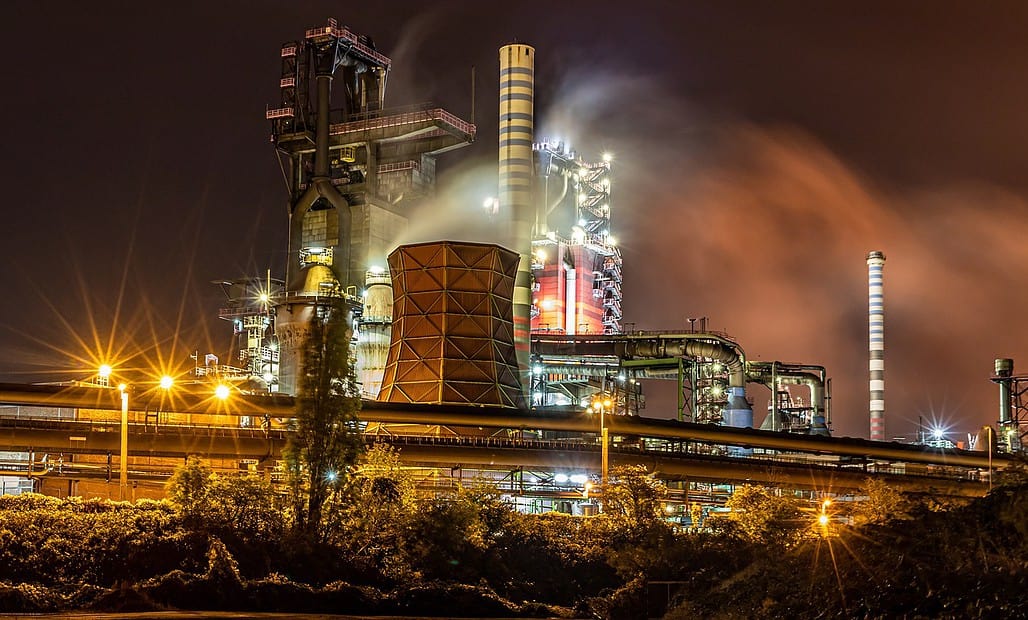



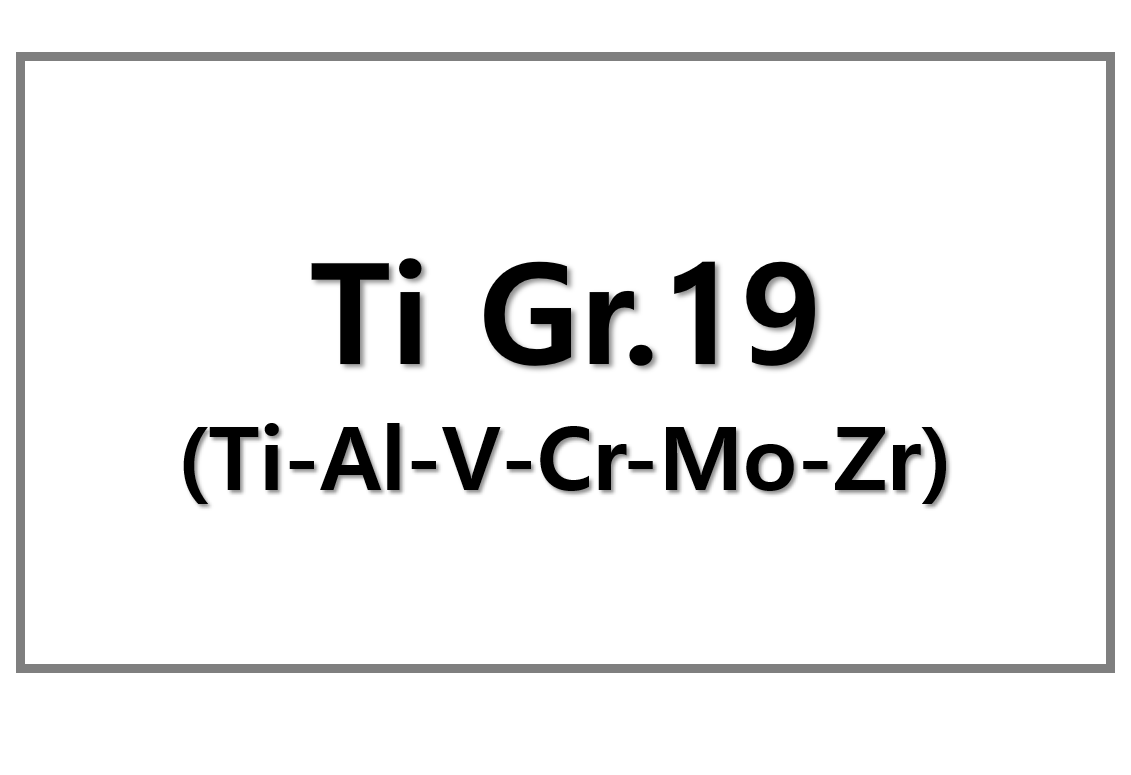
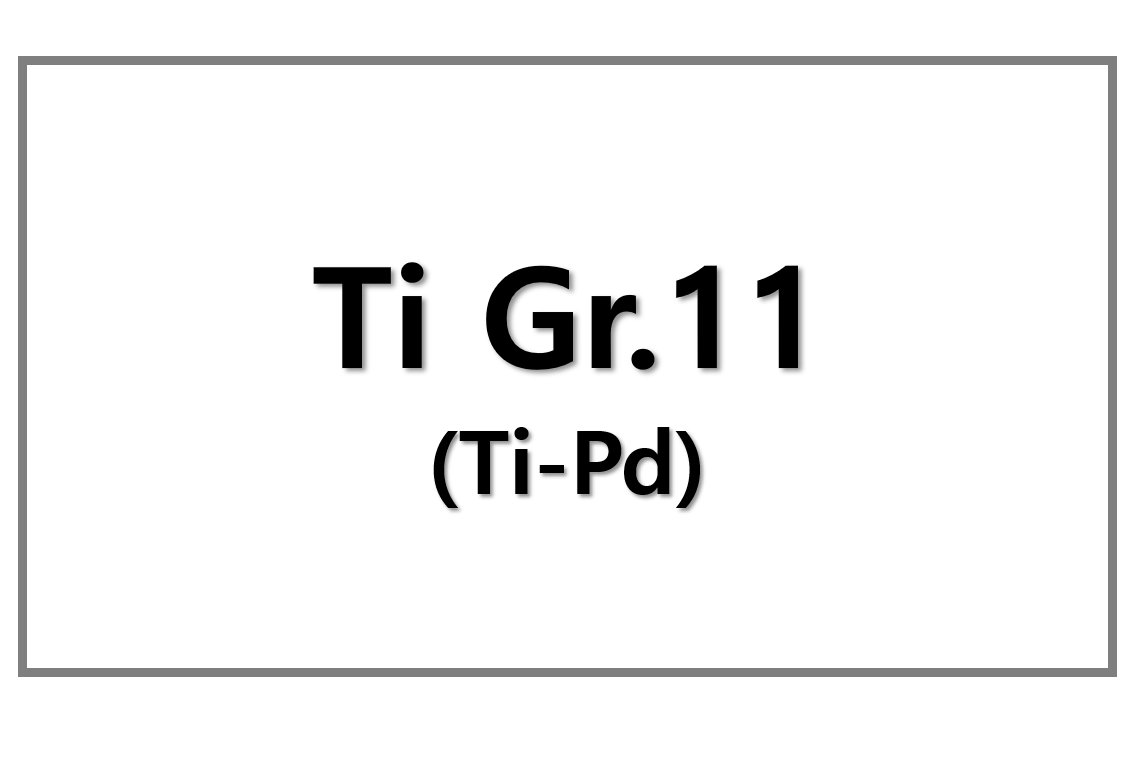
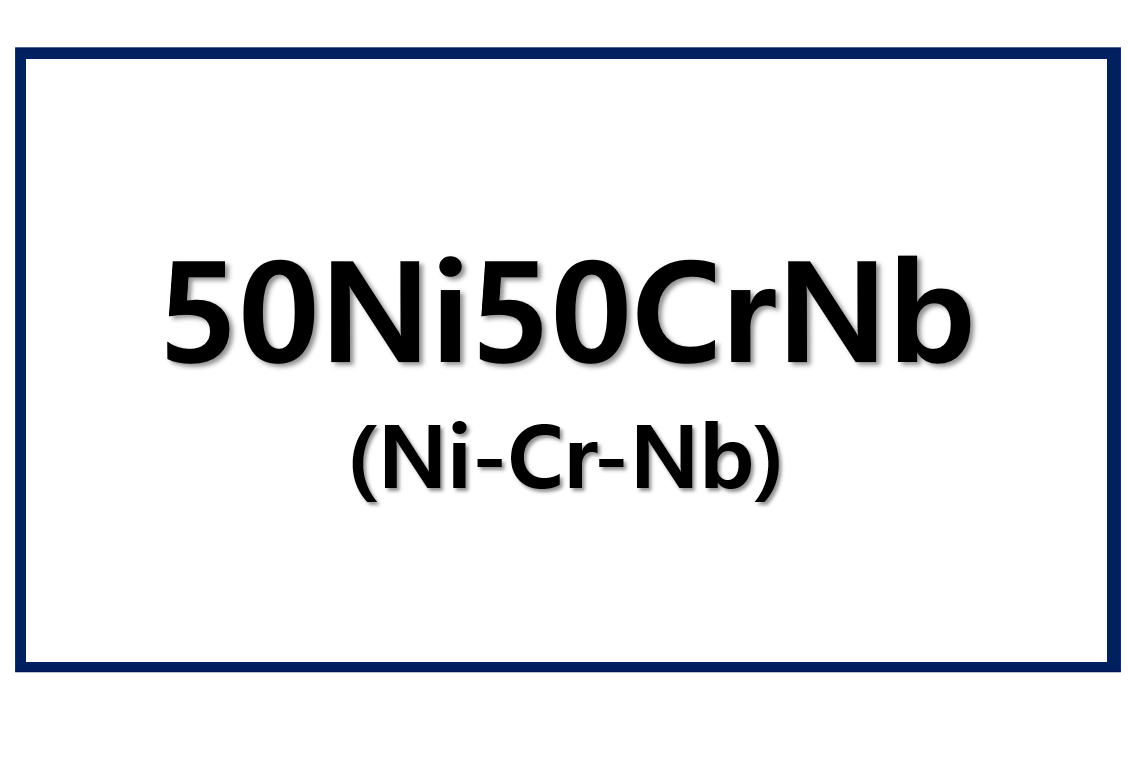
Leave a Reply
You must be logged in to post a comment.